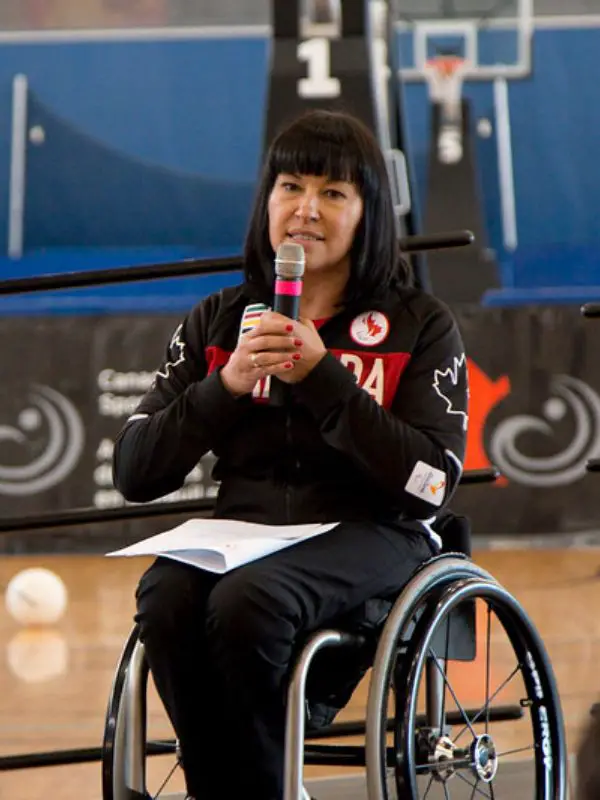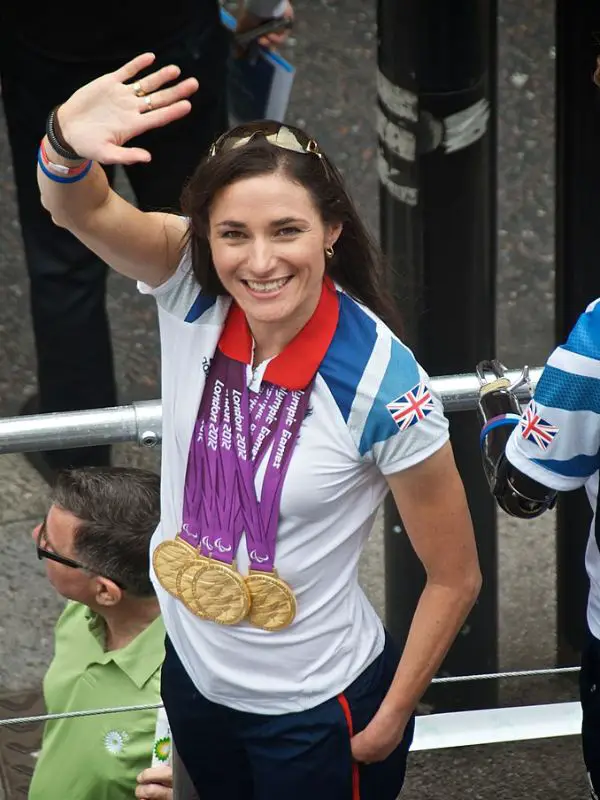The Paralympic Games, established in 1960, have become one of the most prestigious sporting events in the world. While they share a platform with the Olympics, they offer a distinct and powerful story of perseverance, resilience, and excellence.
The Paralympics allow athletes with disabilities to showcase their incredible skills and determination, breaking barriers in sports and human achievement.
Paralympics Historic Results: A Journey Through Time
This blog will explore the historic results of the Paralympic Games, highlighting key milestones, legendary athletes, and the event’s profound impact on sports and society.
The Origins of the Paralympic Games
The Paralympics’ origins date back to the 1948 Stoke Mandeville Games, organized by Sir Ludwig Guttmann, a neurologist who worked with World War II veterans.
His goal was to use sports as a means of rehabilitation for soldiers with spinal cord injuries. What began as a modest event featuring only 16 athletes from the UK eventually evolved into the first official Paralympic Games, held in Rome in 1960.
These inaugural games featured 400 athletes from 23 countries competing in eight sports, including archery, athletics, and wheelchair basketball.
This marked the birth of a global movement that has continued to grow in size, scope, and significance, creating a legacy of remarkable performances and inspiring stories.
Key Milestones in Paralympic History
As the Paralympic Games evolved, several moments stood out in history, cementing their place as a global phenomenon:
- 1960 Rome Paralympics – The first official Paralympics was held in conjunction with the Summer Olympics. With 400 athletes, this event set the foundation for future games, showcasing the competitive spirit of athletes with disabilities on an international stage.
- 1976 Toronto Paralympics – This event introduced the first Winter Paralympic Games. Additionally, the Summer Paralympics saw the introduction of more disability classifications, enabling a wider range of athletes to participate.
- 1988 Seoul Paralympics – This was a pivotal moment as the Paralympic Games were held in the same city and venues as the Summer Olympics for the first time, a tradition that has continued ever since. It signaled the growing integration of the Paralympics within the global sports calendar.
- 2000 Sydney Paralympics – This edition became one of the most successful Paralympic Games, drawing large crowds, extensive media coverage, and heightened global interest. Sydney’s Games saw a breakthrough in terms of athlete exposure and recognition.
- 2012 London Paralympics – These Games are considered a landmark event due to their incredible success, attracting the highest attendance ever at a Paralympic event. It also saw the Paralympics take center stage with wide-reaching media coverage, celebrity endorsements, and government support. The London Paralympics helped to transform public perceptions of disability sports.
Legendary Paralympians and Their Historic Results
Throughout the history of the Paralympics, numerous athletes have risen to iconic status through their extraordinary performances.
Below are a few of the standout Paralympians and their achievements.
1. Trischa Zorn (USA) – The Most Decorated Paralympian

American swimmer Trischa Zorn holds the record for the most medals won in Paralympic history.
Competing between 1980 and 2004, Zorn amassed an astonishing 55 medals, including 41 golds, across various swimming events.
She became a symbol of excellence in Paralympic sport and remains one of the most celebrated athletes in its history.
2. Jonas Jacobsson (Sweden) – Shooting Sensation
Sweden’s Jonas Jacobsson is another Paralympic legend, particularly in the world of shooting.
Competing in nine consecutive Paralympic Games from 1980 to 2012, Jacobsson won a total of 30 medals, including 17 golds.
His consistency and skill over multiple decades have solidified his place as one of the greatest shooters, both in Olympic and Paralympic history.
3. Chantal Petitclerc (Canada) – Wheelchair Racing Dominance

Canadian wheelchair racer Chantal Petitclerc left an indelible mark on the Paralympic Games by winning 21 medals, including 14 golds, in five Paralympic appearances.
Her achievements in events ranging from the 100 meters to the 1,500 meters made her one of the most versatile and successful athletes in Paralympic history.
4. Sarah Storey (Great Britain) – Cycling and Swimming Powerhouse
Dame Sarah Storey is the most successful British Paralympian, having won 19 gold medals in swimming and cycling.

She made her debut as a swimmer in 1992 and later transitioned to cycling, where she has continued to excel. Storey’s longevity and success across two sports make her a unique figure in Paralympic sport.
5. Tatyana McFadden (USA) – Multi-Event Champion
American wheelchair racer Tatyana McFadden is a force across multiple events and distances, having won numerous medals in distances from 100 meters to the marathon.
She has competed in both the Summer and Winter Paralympics, earning a total of 17 medals, including seven golds.
McFadden’s versatility, strength, and endurance have made her a modern-day Paralympic icon.
The Evolution of Paralympic Sports
As the Paralympics have grown, so too has the range of sports featured in the Games. Initially limited to a handful of events, the Paralympics now include over 20 sports, including popular disciplines such as:
- Athletics – One of the core sports, athletics has produced numerous historic moments and records, with a range of events from sprints to long-distance running and field events.
- Swimming – Another foundational sport, swimming has been a key feature of the Paralympics since its inception, offering opportunities for athletes with different types of physical impairments.
- Wheelchair Basketball – Introduced in the first Paralympic Games, wheelchair basketball remains one of the most popular and thrilling events.
- Para-Cycling – Over the years, cycling has expanded to include athletes with various disabilities, offering both road and track events.
- Sitting Volleyball – First introduced in the 1980 Paralympics, sitting volleyball has grown in popularity, showcasing the agility and teamwork of athletes with lower-limb impairments.
Other sports such as wheelchair tennis, goalball, and boccia have also played a significant role in expanding the diversity and appeal of the Paralympic Games.
The Impact of the Paralympic Movement
The growth of the Paralympic Games over the past six decades has not only elevated disability sports but also helped to shift societal attitudes toward people with disabilities.
Paralympians have become powerful advocates for inclusion, demonstrating that disability does not define one’s potential for greatness.
The Games have provided a platform for athletes to inspire millions while pushing the boundaries of physical and mental limits.
The Paralympic Movement has also fostered advancements in adaptive technology, such as improved prosthetics and wheelchairs, allowing athletes to reach new heights.
The visibility of Paralympians in media and public life continues to break down barriers, promoting a more inclusive world.
Conclusion
The Paralympic Games have a rich history of remarkable achievements, inspiring stories, and breaking down barriers.
From its humble beginnings in 1960 to becoming a global phenomenon, the Paralympics have showcased some of the most incredible athletes in history, each overcoming unique challenges to achieve greatness.
With each edition of the Games, the Paralympics continue to inspire millions, raising awareness about disability and pushing the boundaries of human performance.
As we look to the future, the Paralympic Games will undoubtedly continue to grow, creating more historic moments and inspiring generations to come.